Tunisian (or Afghan) crochet can be best described as a hybrid technique between crochet and knitting, which produces a dense, thick, yet soft fabric.
Note: this post contains affiliate links. If you purchase something through the links on my blog, I might earn a commission. This will not have any effect on the price you pay. For more info, please, see my Privacy Policy.
With regular crochet, it shares the basic movements, the way you work your stitches, and yarn over.
However, while in regular crochet you close each stitch before moving on to the next one, in Tunisian crochet, you don’t.
Instead, in a similar way to knitting, in Tunisian crochet, you leave all your stitches open on your longish hook till the end of the row (a.k.a. forward pass).
Once you hit the last stitch of the row, it is time to work backward and close all those stitches one by one (a.k.a. return pass).
But let’s take a closer look at Tunisian crochet and figure it out!
To help you navigate this post more easily, I listed all the covered topics here:
- The Origin of the Name
- What Can You Make with Tunisian Crochet?
- Tunisian Crochet Stitches
- Let’s Talk Hooks!
- Troubleshooting: Curling and Slanting
- More Questions and Curiosities
Let’s start with the name.
Is It Tunisian or Afghan Crochet?
Afghan crochet or Afghan stitch is only one of the stitches that you can do in Tunisian crochet, and it is an old name for what we now call Tunisian Simple Stitch.
The confusion arose because for many years, in the US, there was only one Tunisian stitch being used, mostly to crochet blankets.
So, Afghan referred to a Tunisian crochet blanket crocheted using the Tunisian Simple Stitch.
In Europe, instead, Tunisian crochet was known as Tunisian already for years.
The first references to Tunisian crochet date back to the 1850s in England, Germany, and France, but also in Sweden and in the Netherlands (see the Loopholes Blog‘s article here).
However, it is really not that clear where the name came from.
Cary Karp, a former professor at Uppsala University (Sweden), dug deep into old European publications, but could not find any evidence that Tunisian crochet originated in Tunisia.
So, the mystery remains!
What is Tunisian Crochet Used For?
While in the past, Tunisian crochet used to be exclusively for blankets, throws, and other home décor items, nowadays there are no limits to what you can Tunisian crochet.
Obviously, most Tunisian crochet stitches go hand in hand with a thick fabric, which is perfect for winter accessories, such as scarves, mitts, coats, and hats.
However, with a good stitch combination, the proper yarn, and the right hook, you can create beautiful, lightweight projects with drape and everything.
So, you can easily crochet cardigans, baby clothes, shawls, and other summer clothes.
How Many Tunisian Crochet Stitches Are There?
It is a common misconception that there is a limited arsenal of Tunisian crochet stitches.
Most likely, this belief roots back to those early days when Tunisian crochet only meant Tunisian simple stitch.
However, there are tons of Tunisian crochet stitches that you can explore and have fun with.
If you don’t believe me, just think of the fact that you can crochet most of the regular crochet stitches in Tunisian crochet too.
Now, add to those a lot of other stitches that look a whole lot like knitting, including lace.
The sum is a really high number of stitch combinations!
Some Basic Stitches
Besides the Tunisian Simple Stitch, you can learn some more basic stitches with some easy, step-by-step tutorials.
- Tunisian Knit Stitch – You might have heard that Tunisian crochet can face knitting pretty well. So, this is the stitch you want to learn if you’re looking for a knit look!
- Tunisian Reverse Stitch – The reverse stitch is one of my favorites. It does not curl, it adds some 3D effect, and it is fun and soft.
- Tunisian Purl Stitch – The purl stitch looks somehow similar to the reverse stitch but it is less textured and definitely flatter. In other words, the resulting fabric is thinner! You definitely want to learn this stitch because it will come in handy to crochet the so popular Honeycomb Stitch!
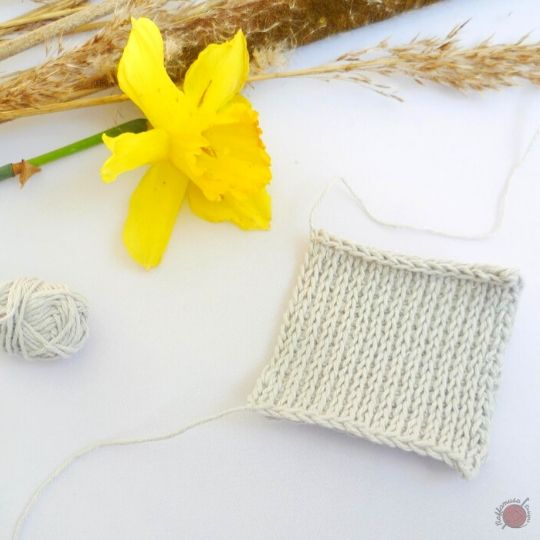
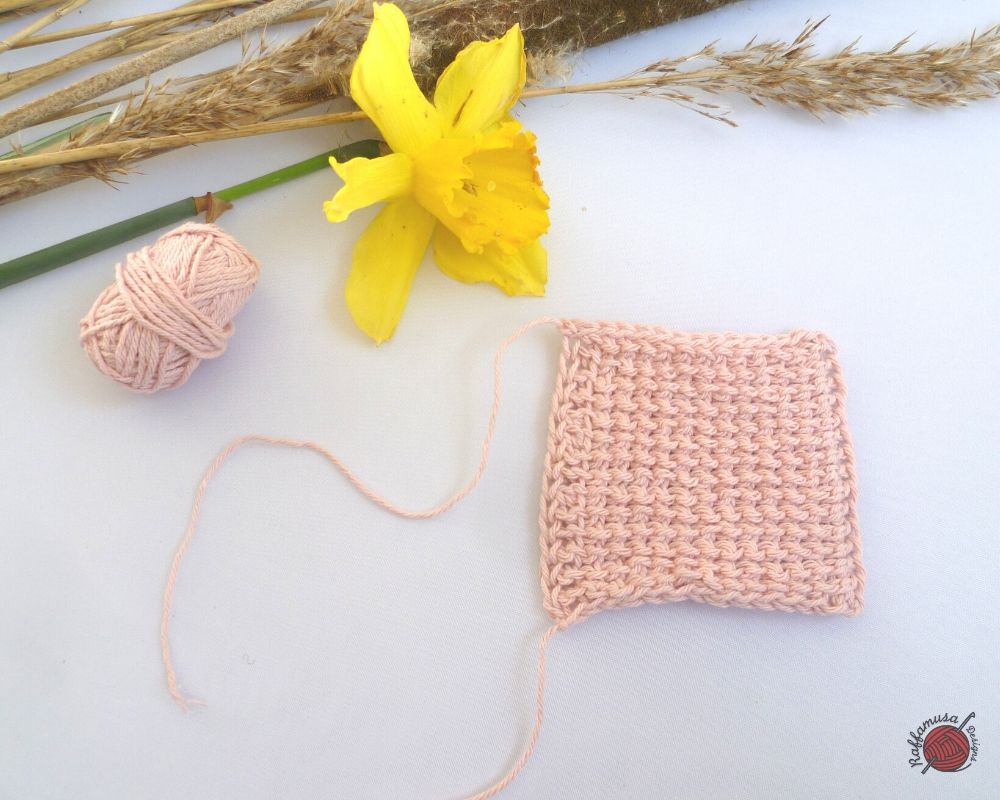

More Stitches to Try!
But you can also try more advanced and fun stitches like these ones!
- Tunisian Bobble Stitch – Bobbles are definitely fun and can add some squishiness to your project. The good news is that Tunisian bobbles are really not that different from their regular crochet counterpart.
- Tunisian Puff Stitch – Puffs are somehow similar to bobbles but they’re smaller and use slightly less yarn.
- Tunisian Straw Stitch – This is a fun stitch that works up very solid. So, perfect for dishcloths and potholders!
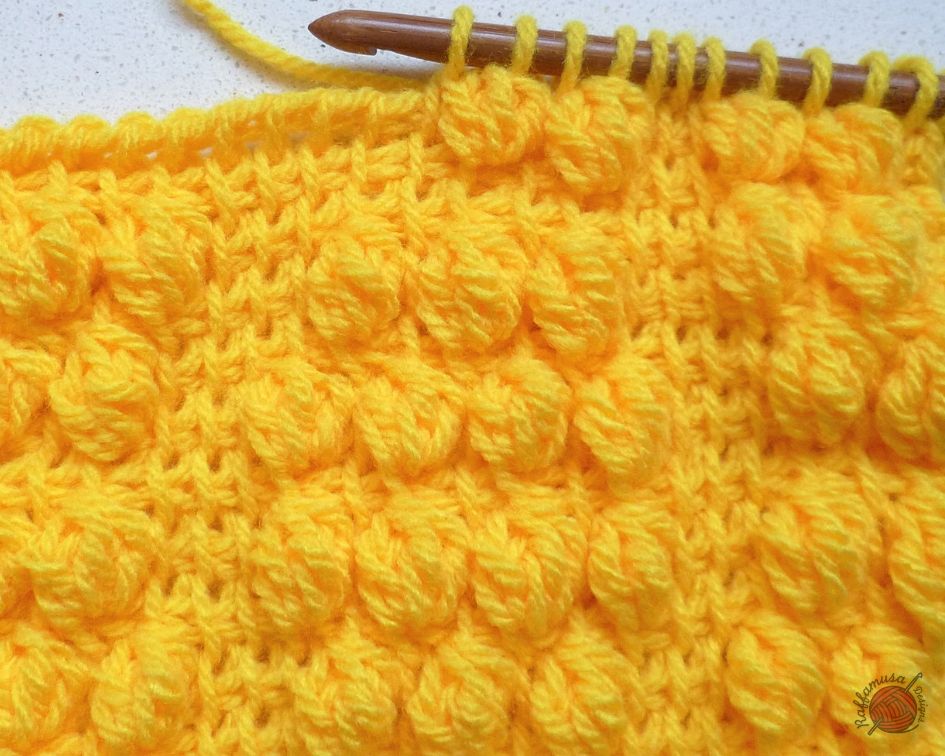
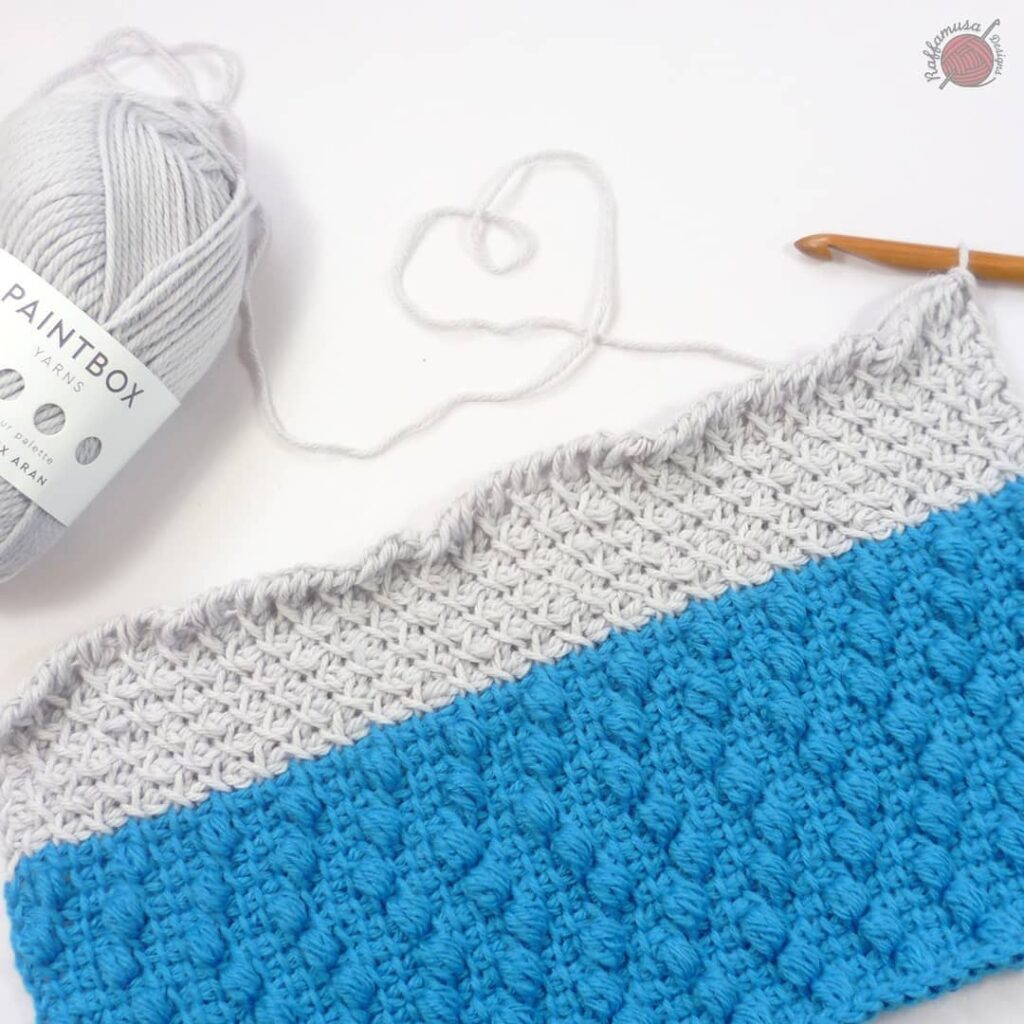
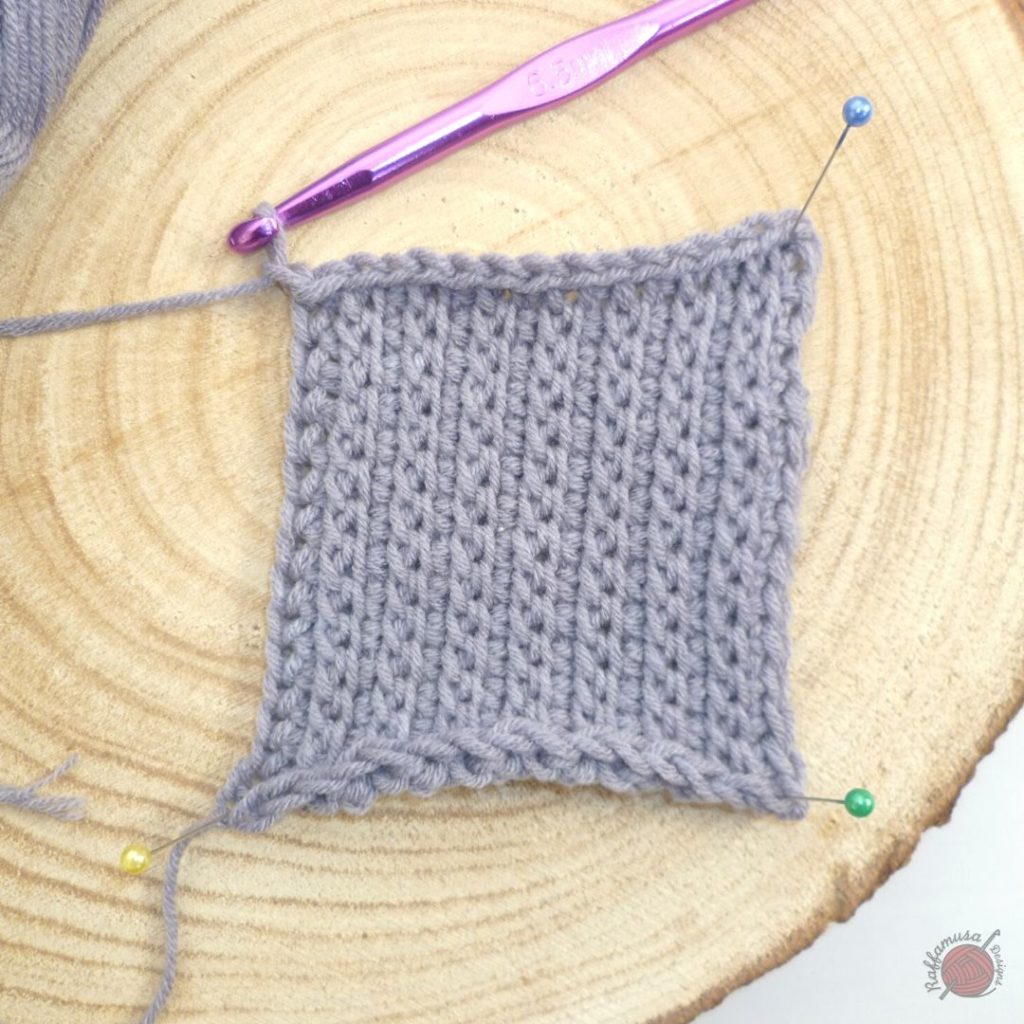
My Book Recommendations
If you love collecting very good books and would like to get one about Tunisian crochet, I cannot but recommend anything from Kim Guzman. I have her Tunisian Crochet Stitch Guide and Tunisian Cable to Crochet, and love both of them!
If you are interested, you can purchase the Tunisian Crochet Stitch Guide HERE.
Do You Need Special Hooks?
Hooks are definitely a hot topic in Tunisian crochet and something that can keep you from trying your hand at it.
Do you really need to buy some special hooks?
The short answer is no.
You don’t need to purchase special or expensive Tunisian hooks before even knowing if you like the technique.
My suggestion is to first start by using one of your regular crochet steel hooks. As long as they don’t have a large handle, they are perfect to get started.
Later on, depending on whether you want to explore more advanced Tunisian crochet techniques and patterns, you might consider purchasing some Tunisian hooks.
Here are some projects to get you started with a regular steel hook!
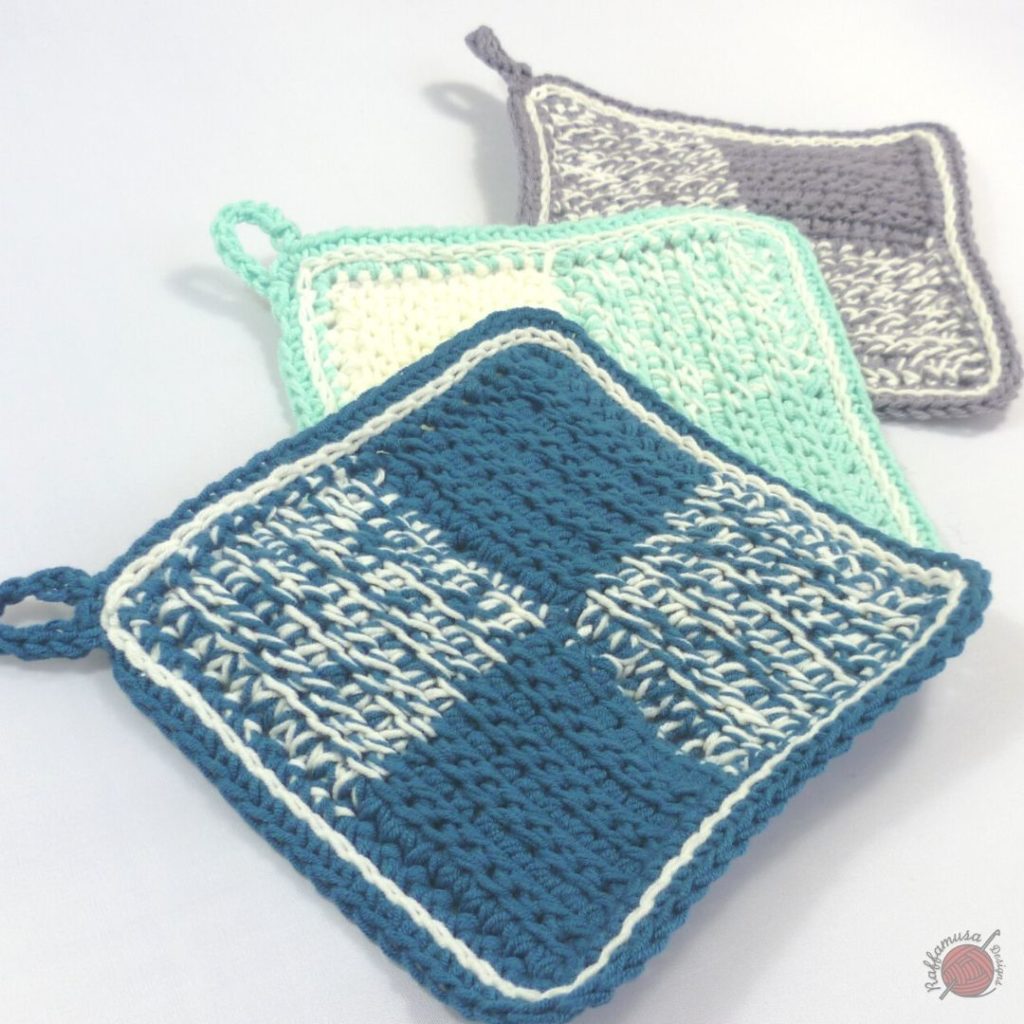
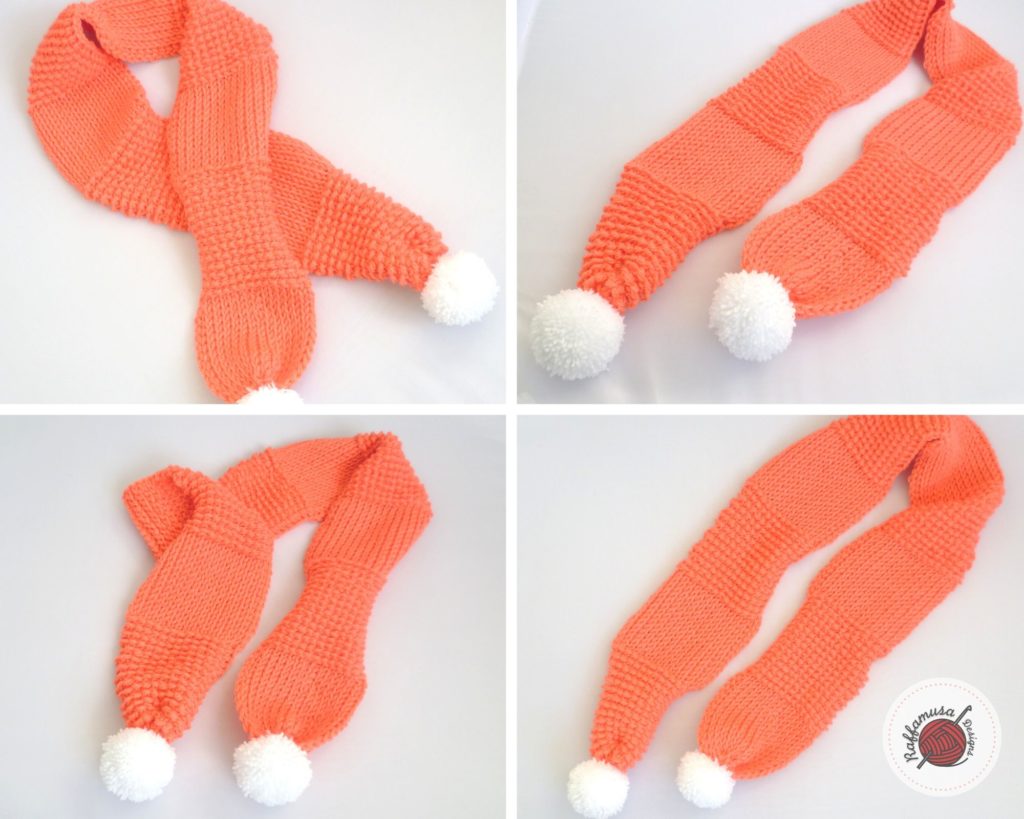
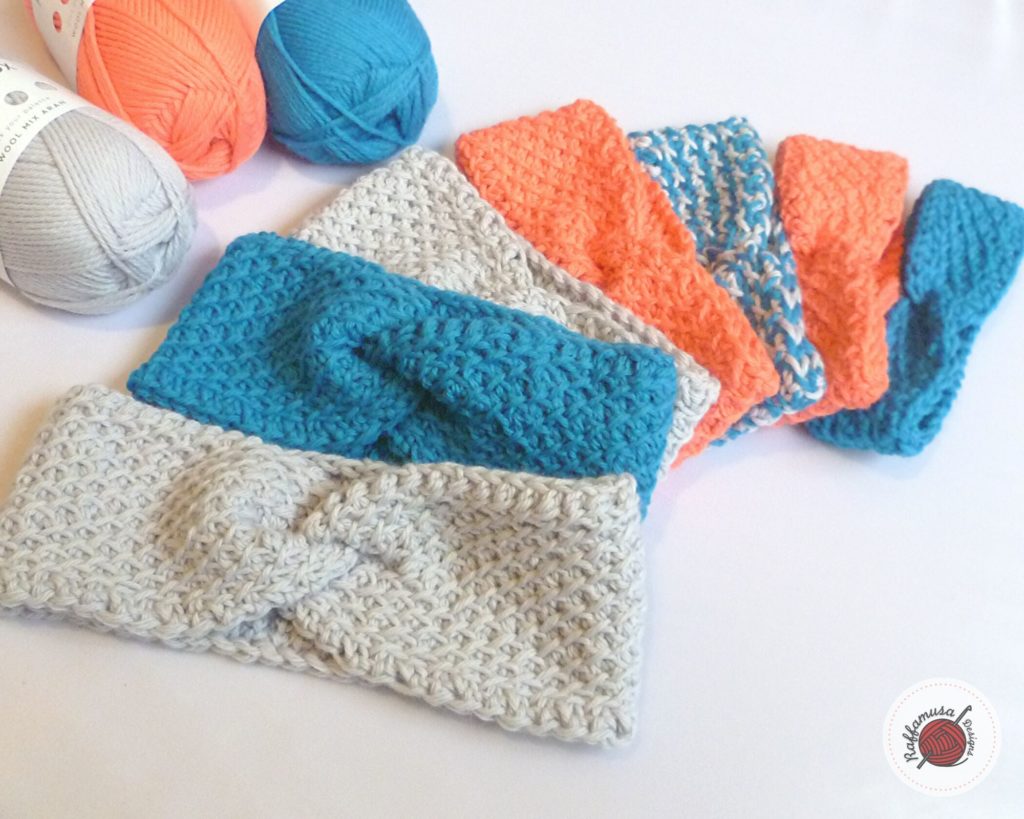
But for now, keep in mind that you can easily crochet even large Tunisian crochet projects with your regular short hook.
Do you want an example? Take a look at all the beautiful shawls by Aoibhe Ni. Each one of them can be crocheted with a short, regular hook!
Troubleshooting
If you did your homework from the previous paragraph, you might have already encountered some of the most common features of Tunisian crochet: Tunisian crochet curls! And it might slant too!
Why Does Tunisian Crochet Curl?
Tunisian crochet curls, it tends to roll on itself. And that’s about it. That is just the nature of Tunisian crochet.
But before you give, try to do one of these things that will prevent your Tunisian crochet project from curling:
- Go up one or two hook sizes.
- Relax your tension.
- Make a few initial rows with the Reverse Stitch, the Double Stitch, or lace. All these stitches do not curl, so, they will flatten your work. Yay!
- Add a border after you are done with your Tunisian project. Sometimes, a few rows of regular crochet will do the trick!
Why is My Tunisian Crochet Slanting?
Tunisian crochet can come with a bias. In other words, your work can slant on one side, normally the left side.
Although this slanting can scare and discourage you, especially in the beginning, keep in mind that it is somehow normal and you aren’t doing anything wrong.
However, there are a few things that you can do to prevent it.
- Maintain an even tension.
- Tighten the first stitch (or chain).
- Loosen up on that last stitch!
- If none of the above corrected the slant, then there is still one last thing you can do. Block your work.
Now that we have covered some of the very basic questions about Tunisian crochet, I would like to drop a few more lines to answer some of the questions that I often get asked.
Is Tunisian Crochet Faster?
Yes, yes, and yes.
Maybe not at the beginning, but once you get acquainted with the technique, Tunisian crochet is way faster than both crochet and knitting.
Is Tunisian Crochet Easier?
For a total beginner at needle crafts, Tunisian crochet might be way easier to learn than crochet or knitting. Even children might pick it up more easily!
Does It Require More Yarn?
That really depends on the pattern, the stitches that you are going to use, and the tension of the work.
However, in general, Tunisian crochet does not require more yarn than regular crochet.
Do you have any more questions about Tunisian crochet that you did not find in this post? Leave me a comment and I’ll try to answer as soon as possible!
Find more Tunisian crochet inspiration here on the blog…


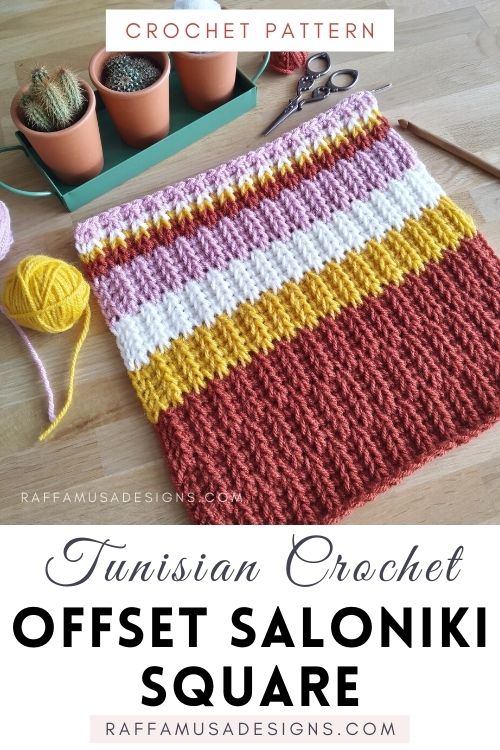

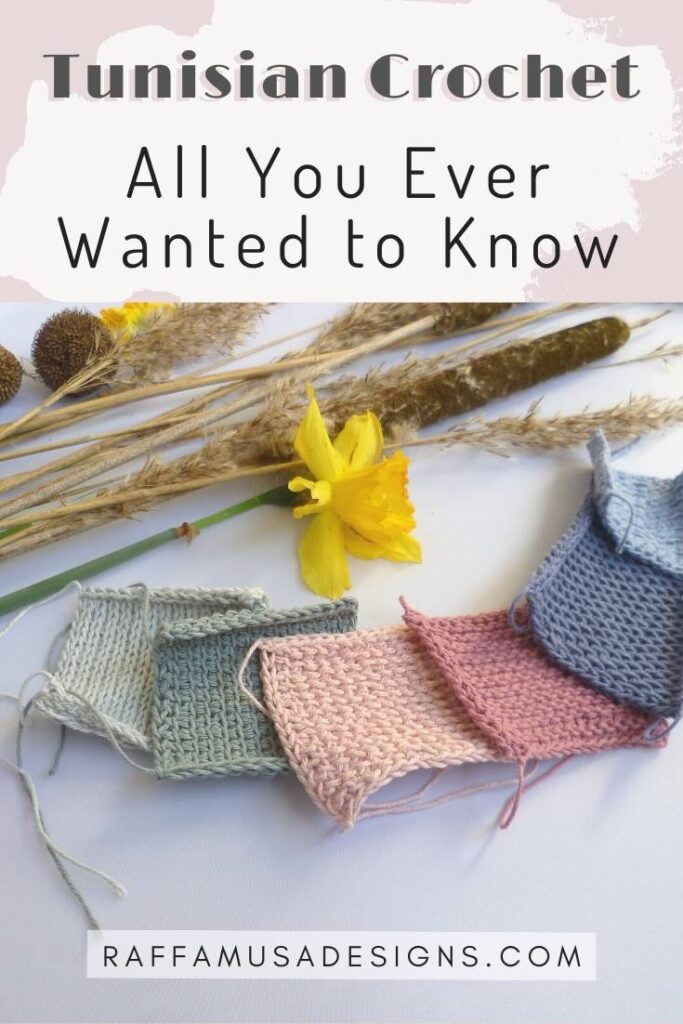
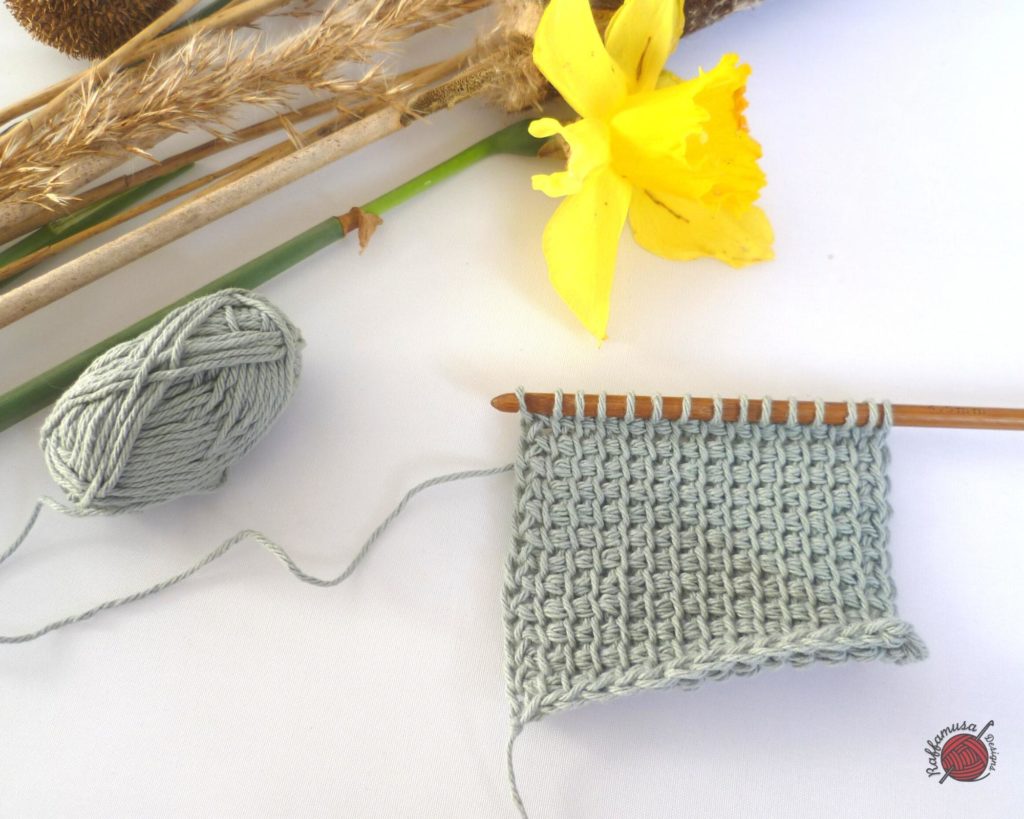
Why is my Tunisian crochet project longer on one side (right side)?
Hi Gayle,
That is a very common problem with Tunisian crochet but it is very easy to fix.
What is causing your project to slant to the left is a loose first loop on your hook and a tighter last stitch. So, at the beginning of each row, make sure to pull the loop on your hook tight, and at the end of each row, pay attention that the last loop is really at the same level as your work. Maintaining a constant tension of course helps too!
Try and let me know how it goes 🙂
Hello
My name is Teri I just did my first Tunisian project a dish rag and loved how it turned out. Was just wondering if it is possible to use Tunisian with a regular crochet pattern and if so how??
Hi Teri,
So, adapting regular crochet patterns for Tunisian crochet is not completely straightforward.
The first problem is gauge. Most likely, with Tunisian crochet, the same number of sts will take up more space than regular crochet. So, the final project will be much larger. This can definitely be a problem for garments, hats, or anything that needs to be of a precise size.
However, if you don’t care much about the final size of your project, you can easily adapt crochet colorwork patterns to Tunisian crochet! Think about C2C charts or tapestry crochet.
So, for example, you could Tunisian crochet a few squares following C2C or tapestry charts and then join all the squares into a blanket.
In this case, however, it’s interesting to notice how the same chart will result in a larger project when working in C2C compared to Tunisian! But Tunisian will be larger than the same chart worked in tapestry crochet.
I guess you would have to plan it a bit before you start crocheting…
I hope this answered your question 🙂
Looking forward to seeing your makes!
Best,
Raffaella
Just learning the Tunisian stitch and I love it. Hate the curling? I want to make an Afghan using 3 different colors one variegated the other two matching can I do this
Hi Marie, absolutely!
I suggest you make the first few rows in Tunisian reverse stitch so that you get rid of most of the curling. Then, for the rest of the blanket, you could use the Tunisian full stitch which looks great when made with several colors!
For both stitches, you can find tutorials here on the blog.
Let me know how it goes 🙂
Best,
Raffaella
Hi Raffaella, hi everyone,
For about 2 years, I have been doing Tunisian crochet, and have done a lot of on-line research into it. I am surprised that no one has ever suggested slipping the last stitch on the Forward Pass row, as a way of keeping the work from slanting. Instead of working the last stitch — you make a Tunisian Slip Stitch — it’s that simple! The slipped stitch at the end of each FP row, plus the usual obligatory slight tightening of the first stitch of the FP row — should be sufficient to keep the work from leaning.
I have been doing this for every Tunisian crochet stitch that I’ve tried — and it works. And no more blocking is needed!
If anyone needs to learn to do the Tunisian Slip Stitch, just look up the Wave Stitch pattern, which requires use of Slip Stitch. Hope this helps. Have a great summer 🌼
Hi, again,
One small correction to the comment I just posted:
I should have said that you can find out how to make the Tunisian Slip Stitch by looking up the Tunisian Crochet Wave Pattern — not stitch. That pattern requires that you slip stitches throughout, via the Tunisian Slip Stitch. Cheers.
Hi, again
Just wanted to clear up one thing from my previous comments:
The Slip Stitch that I was mentioning earlier is the Tunisian Slip Stitch — not the Tunisian Slip Stitch Bind Off. Sorry if I have confused any of you. Instructions on how to do the former can be found by looking up the Tunisian crochet Wave Pattern (not the stitch!).
(Summary of my 1st comment:)
To keep your work from leaning, try the following:
a) Slight tightening of the 1st st of each Forward Pass
b) Tunisian Slip Stitch in last stitch of each Forward Pass
(By slipping the last stitch of each Forward Pass, you create one less chain at the edge, as you go to do the Return Pass. That loss of one edge chain is what helps to keep the work from leaning.) 🌺
It is definitely easier than knitting, and I like it, hoping to learn lots of new techniques – can I make clothes?
Hi,
Yes, you can definitely make clothes.
Here on the blog, you can find the pattern for a summer top and a very simple cocoon sweater 🙂 (you can find them by searching in the search bar at the top, right corner).
But of course, there are many more patterns from other designers on other blogs and websites!